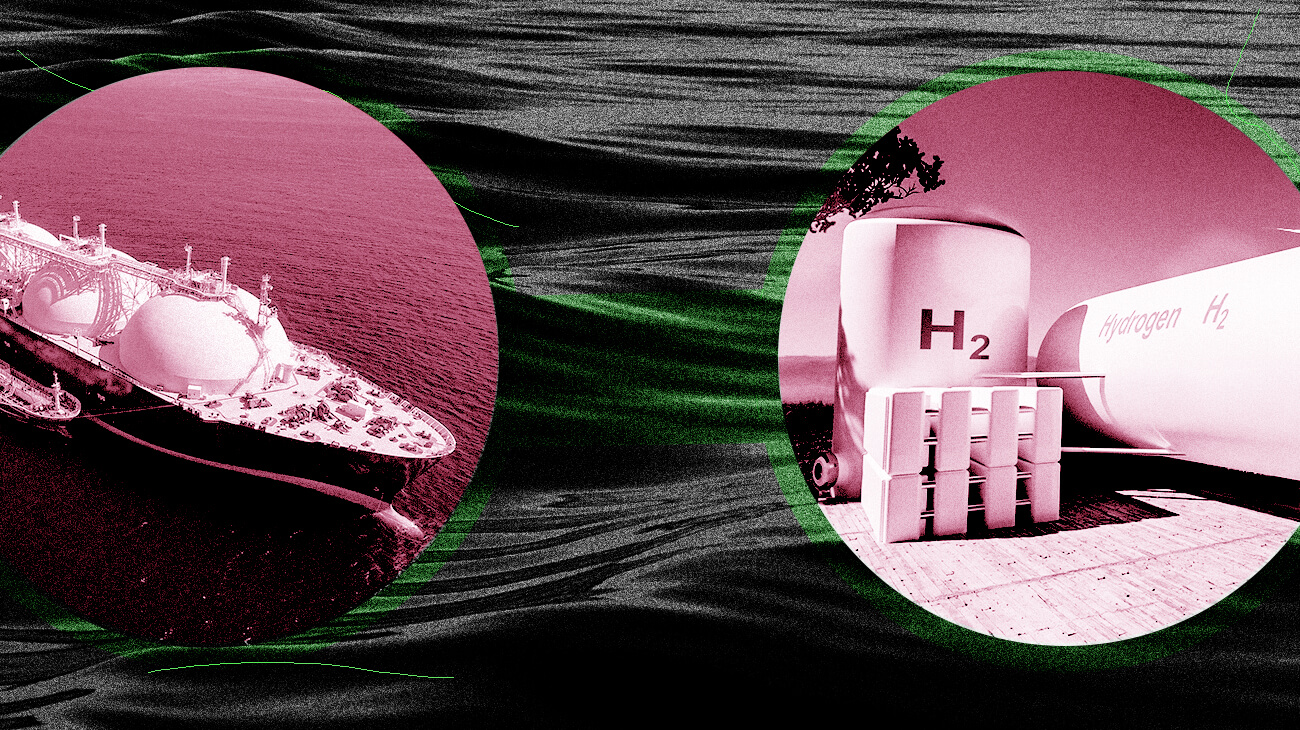Global hydrogen trade may be just a pipe dream
Voices
As interest in hydrogen as a clean energy source increases, a flurry of proposed projects to either import or export hydrogen (or its derivatives) is emerging across the world.
But hydrogen’s physical limitations and high transport costs could put a damper on the development of future global hydrogen trade.
For example, the European Union’s REPowerEU plan to import 10 million tonnes (Mt) of hydrogen by 2030 recently inspired a project between Norwegian energy company Equinor and German energy company RWE to produce low-carbon and renewable hydrogen in Norway and export it via pipeline to Germany.
Right now, hydrogen is used in select industrial processes and is usually produced and consumed within the same place. In the future, some countries—a few EU member states, as well as Japan and Korea—plan to import hydrogen. Indeed, domestic hydrogen production in those countries is likely to fall short of expected demand.
Luckily, the list of would-be hydrogen exporters keeps growing, exceeding the number of potential importers. Countries such as Morocco, Chile and Saudi Arabia, are counting on their abundant renewable energy resources or cheap gas and carbon storage capacities to secure a position as energy powerhouses in a decarbonized world.
Dreams of global hydrogen trade face the harsh reality of the substance’s physical properties, however. Hydrogen is particularly difficult to transport and to store, especially over long distances, due to its low volumetric energy density.
Of all the transport options, pipelines—specifically natural gas pipelines repurposed to safely handle hydrogen—are the most cost-effective. Pipelines could transport hydrogen from Norway or North Africa to Europe but cannot span longer distances to transport the gas from Australia, Latin America or the Middle East.
There’s a temptation to compare hydrogen with liquefied natural gas, which has been transported by sea for decades. The first LNG ship, the Methane Pioneer, set sail 64 years ago. Meanwhile, some are talking about achieving a full-fledged hydrogen trade in a mere three decades (relatively short in energy terms).
If only we could agree on the medium! At least five main solutions are possible to transform hydrogen into a liquid form that’s shippable: liquid hydrogen, ammonia, methanol, liquefied electro-methane (a form of electro-fuel that’s often abbreviated to e-methane) and liquid organic hydrogen carrier (LOHC).
All come with challenges. Energy is lost during the multi-stage process of transforming hydrogen gas into another substance, shipping it and reconverting the substance back into hydrogen.
The costs to transport these substances (aside from e-methane) are relatively high, currently estimated to be about the same as producing hydrogen with renewable energy (between $2.50/kilogram to $8/kg) and expected to remain above $1/kg by 2030.
Implementing most of these solutions would require solving one or more technical challenges, including massively scaling up processes that don’t exist at scale today.
Take liquid hydrogen: While it has been used for decades in the space industry, hydrogen must be liquefied to -253°C (-423.4°F), significantly colder than the required temperature to liquefy natural gas (-160°C). Once liquefied, hydrogen would transport just about 40% of the energy in LNG per cubic meter.
A 160,000-cubic meter liquid hydrogen (LH2) carrier, expected to be commercial by the 2030s, would transport around 0.011 Mt of hydrogen, a fraction of the 10 Mt the EU hopes to import.
In contrast, e-methane is easier to transport because it is similar to LNG (methane), but the production costs are prohibitive, especially as the substance must be made with CO2 sourced from costly direct air capture or biogenic sources.
Ammonia is currently the option taking the lead among forecasters, mostly because it could potentially be used directly as a fuel in the shipping and power sectors beyond its current use as a fertilizer. It is toxic to humans, however, and must be “cracked” to be transformed back into hydrogen, a process currently conducted only at a small scale.
The real question is what makes most economic sense globally. Ultimately, it may not pencil out to transport hydrogen long distances to consume it in the industrial sector at all. The landed price could likely be significantly higher than in the exporting country.
In fact, it may make more sense for would-be hydrogen exporting countries to produce and export semi-finished industrial products made with hydrogen instead, such as those needed in the steelmaking process.
This approach could address one potential disappointment would-be exporters may eventually face: Hydrogen is not the new oil and won’t generate the same rents. But clean hydrogen could spur industrial development in these countries.
As EU countries launched a Green Deal Industrial Plan and Net Zero Industry Act earlier in 2023 in response to the United States’ Inflation Reduction Act, the bloc must think strategically about how many tax breaks it will need to bridge the cost gap and keep some energy-intensive industries on EU territory.